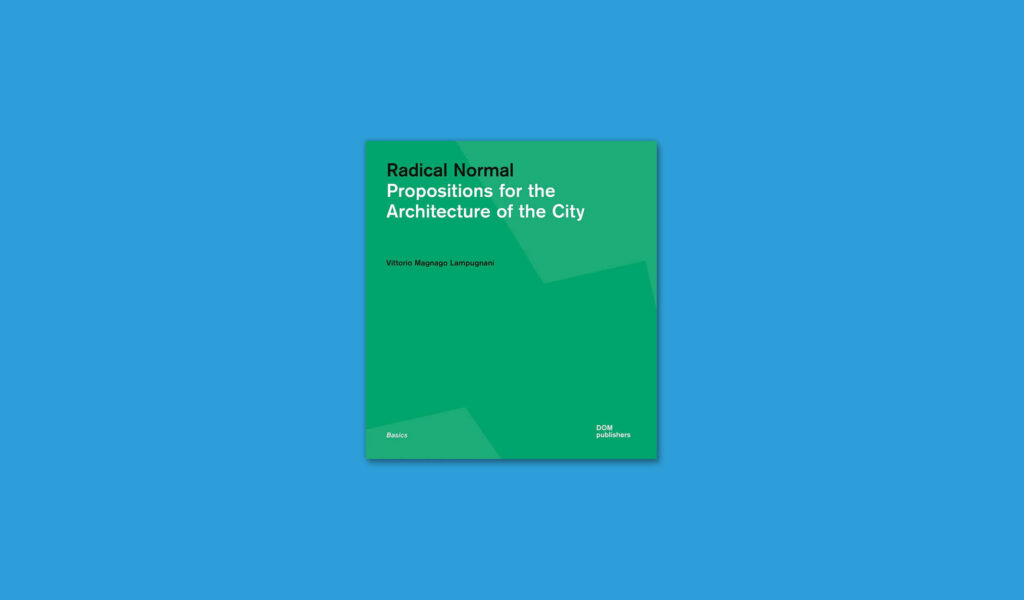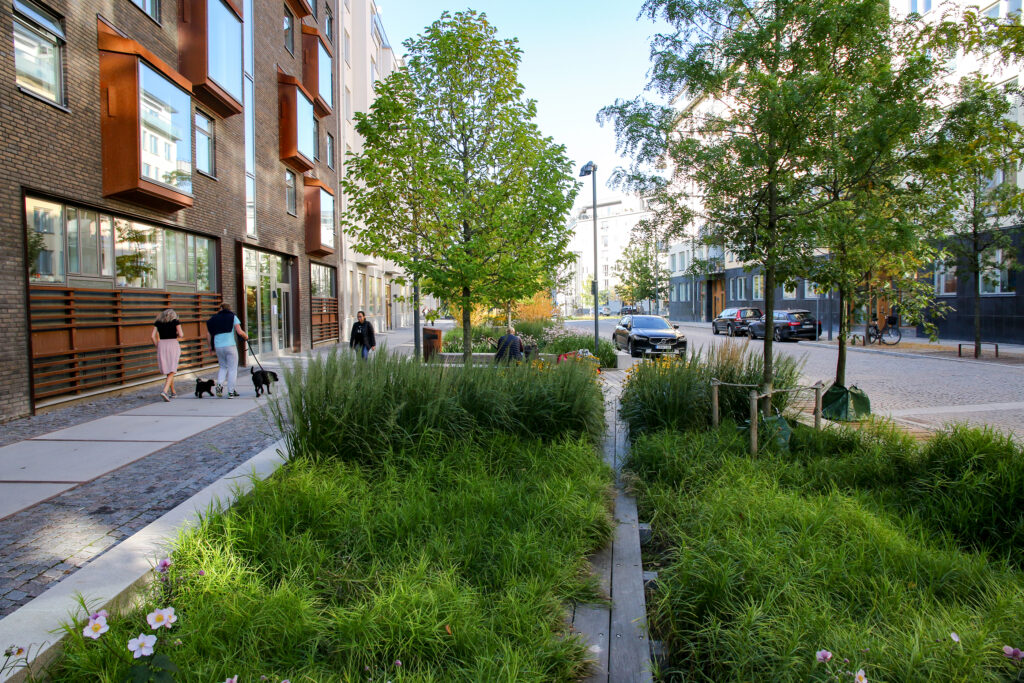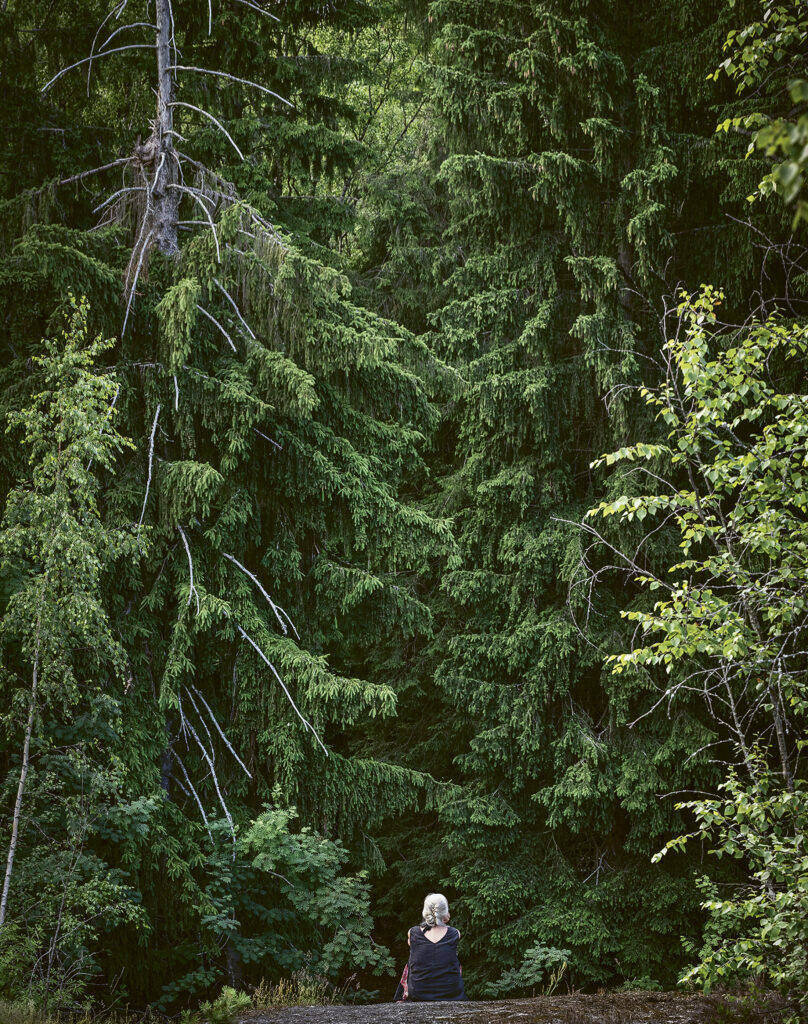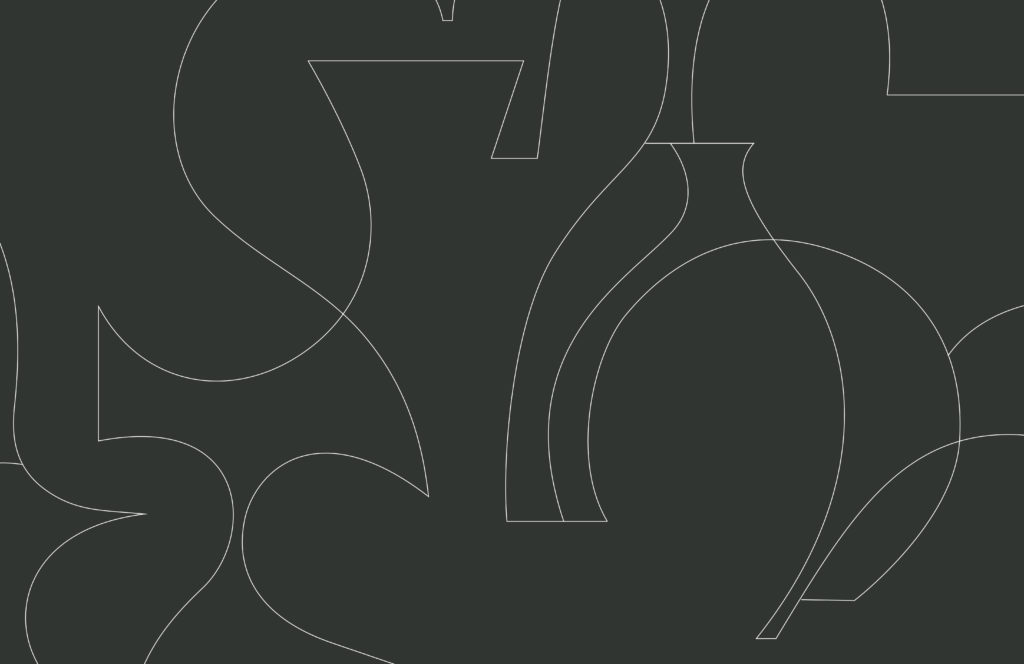A New Viewpoint for Urban Discourse
Architect Vittorio Magnago Lampugnani casts a critical eye deals on contemporary architecture and urban planning in his collection of writings, now translated into English.
Vittorio Magnago Lampugnani: A Radical Normal: Propositions for the Architecture of the City. DOM Publishers 2021. 200 pages.

I was just thirty or so pages into Vittorio Magnago Lampugnani’s A Radical Normal, when I began to worry whether I and my fellow architecture and planning students had actually been allowed to get away with reading far too little during our studies. So many of the people, projects, places and books referenced by Lampugnani were entirely absent from the canon prioritised in the curriculum I followed.
This book has the power to instantly sweep you away. All in all, it comprises fewer than 200 pages of text, with limited black and white only illustrations. And yet, despite its modest physical appearance, this book is more than capable of taking on its sumptuously illustrated and extravagantly produced competitors.
Vittorio Magnago Lampugnani, who runs his own architectural practices in Milan and Zürich, is the erstwhile director of the German Architecture Museum and past editor of Domus magazine. He also previously served as professor at ETH Zürich.
In his book, Lampugnani explores contemporary architecture and urban design phenomena in great detail and with a genuinely critical eye. Comprising a multitude of more or less tightly interconnected chapters, the book is presented as a series of arguments. They are based on observations Lampugnani has made during the course of his working life as an architect and in various other contexts and settings.
Thoughtful and contemplative in tone, the chapters are grouped under three main headers: “Serene Modernity”, “Memory and Sustainability” and the slightly more extensive “Contemporary Urban Design”.
Lampugnani’s take on modernism is at once critical and tender, and it is a topic he is well acquainted with. His attention is focussed on the fundamental notions of simplicity and clarity, both essential for architecture and for our cities.
A phenomenon that draws particular criticism from Lampugnani is the high-impact, big-name architecture so beloved of architectural journalists, city council marketing departments and the media at large, as first embodied by Frank Gehry’s Guggenheim Art Museum in Bilbao. The same recipe has since been prescribed for a multitude of other urban contexts, occasionally, it seems, almost by force. When it comes to profile raising, many are afraid, or simply unable, to focus on the specific and particular strengths that already exist in the local area.
Lampugnani takes to task both the private and the public clients commissioning these mega projects and goes on to compare them – unfavourably – with the Renaissance popes. These men, Leo X among them, would always select the most talented architect available to them, and, through a process of dialogue and revision, the client and designer would arrive at the best possible result together. By contrast, today’s clients are shopping around, searching for the right name and the most desirable brand. Project delivery is outsourced to the architect hired for their bold and boundary breaking design proposal in whose hands now rest responsibility not only for the building’s public popularity but any construction mistakes and budget shortfalls too. Lampugnani’s book offers a critique of architecture as a form of overconsumption that is fed by a constant desire for the latest trends. Architectural tourism, travellers going in search of the most instagrammable designs, also forms part of this phenomenon.
Architectural journalism, always on the lookout for the latest trends, also plays a role in driving this consumption. Relatively big constructed objects, always competing to outdo one another, are added to city centres and waterfronts, while the fundamental purpose of urban planning and design is lost. At its worst, this approach can become entrenched in architectural education programmes, too, that will begin, by consequence rather than intent, to guide the students towards a highly individualistic and ahistoric form of expression.
Lampugnani’s book is at its finest when it turns its attention to urban development.
A Radical Normal is at its finest when it turns its attention to urban development. Lampugnani rejects the simplistic notion that sees cities as carnivalistic places. Should every street be busy with cafes, events, people and buzz? No, Lampugnani argues. Historically, and by their very nature, cities have always had distinct areas designated for events, gatherings and trading, as well as calmer and quieter areas for residential living. Attempts to revitalise and carnivalise our cities through whatever methods available is not urban culture but consumerism at its worst, he says.
Lampugnani points out how poor present-day development is at catering for the needs of pedestrians. People getting about on foot need sustainable, high-quality materials and interesting details in their visual field. If the budget does not accommodate these, then greening and other methods for enhancing the aesthetic appeal of the zone between the road and the facade line should be introduced instead. Dead frontages are just not good enough.
The case Lampugnani makes is that if our cities and their building stock were of higher quality, then they would be able to meet the needs of those who walk. He also believes in the lessons that we can learn about better social housing production and high-quality residential property design, even if that means dispensing with luxuries like reception and dining rooms. As the size of the average home shrinks, more attractive communal areas and more high-quality, more aesthetically pleasing public realms might just compensate for the loss of square footage, he argues.
Having familiarised myself with Lampugnani’s heartening and optimistic ideas, I can’t help but lament on how lacking in vision and inspiration the current Finnish urban discourse is. A Radical Normal is well worth a careful read. Which is why I have chosen not to reveal the five proposals Lampugnani puts forward to bolster urban planning and design. ↙
TARJA NURMI
Architect, non-fiction writer, architecture critic and journalist. Co-founder and curator of architecture film festival Ark Rex. Has curated architectural exhibitions and lectured on Finnish architecture. Writes Arkkivahti blog on architecture.




